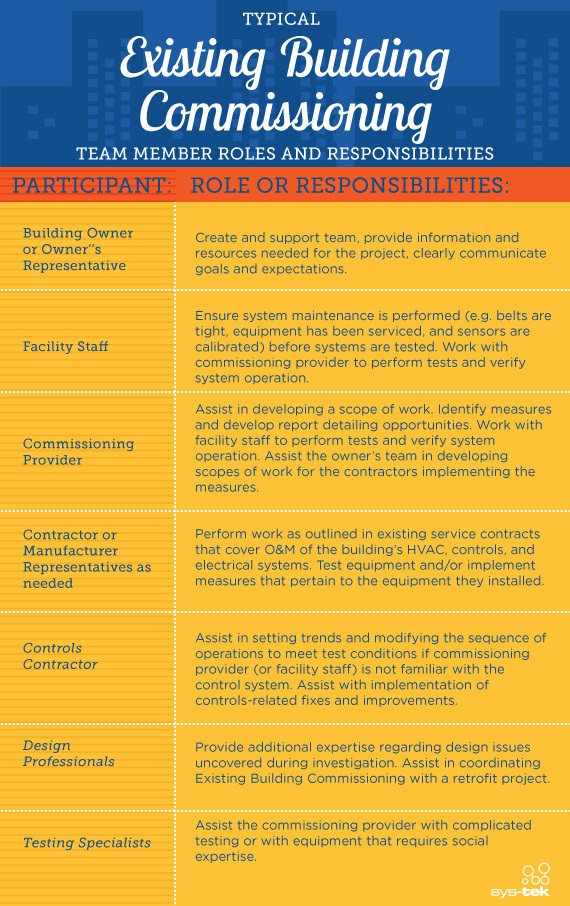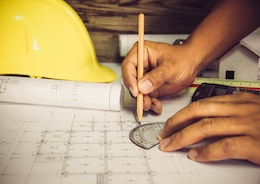The Purpose of Electrical Distribution System Grounding
Nov 24, 2008
Grounding is the least understood element of electrical design. What is worse is that just about every industry expert on grounding has a different opinion than every other industry expert on grounding. So what are we supposed to do to understand the mysteries of electrical power distribution grounding? Let’s start with the basics.
The purpose of grounding is three-fold. First, grounding provides a low-impedance path for fault current to flow back to the source. In accordance with Ohm’s Law (V = I x R), a low-impedance path for fault current results in high levels of current to flow for a given voltage. For inverse-time overcurrent protective devices, such as circuit breakers and fuses, higher levels of fault current cause faster device operation to clear the fault. Grounding provides a low-impedance path for fault current to ensure that circuit breakers and fuses operated quickly to clear ground-faults from the system.
Second, the low-impedance path for fault current provided by grounding ensures that voltage drop is limited from the point of the ground-fault back to the source. Ground-fault current is safely shunted to ground through a low-impedance path to ground before voltage can rise to lethal levels on any electrical component, protecting personnel from shock hazards during ground-fault conditions.
Third, grounding provides an electrical reference to stabilize the voltage to earth on conductors and equipment to the system phase-to-ground voltage during normal operation. An ungrounded system permits the voltage to earth on conductors and equipment to rise to levels as high as the phase-to-phase voltage during ground-fault conditions. Grounding provides an electrical reference for equipment operation that limits the voltage stress on conductor and equipment insulation throughout the system, and also limits the voltage imposed by lightning, switching surges, or unintentional contact with higher-voltage lines.
Over the next few months we will dissect grounding, building our understanding from the basics. We will talk about grounding electrodes, grounding electrode conductors, equipment grounding conductors, and bonding jumpers. We will talk about what they are, how they are installed, and how they are connected for grounding and bonding electrical power distribution systems.
-Greg Massey








